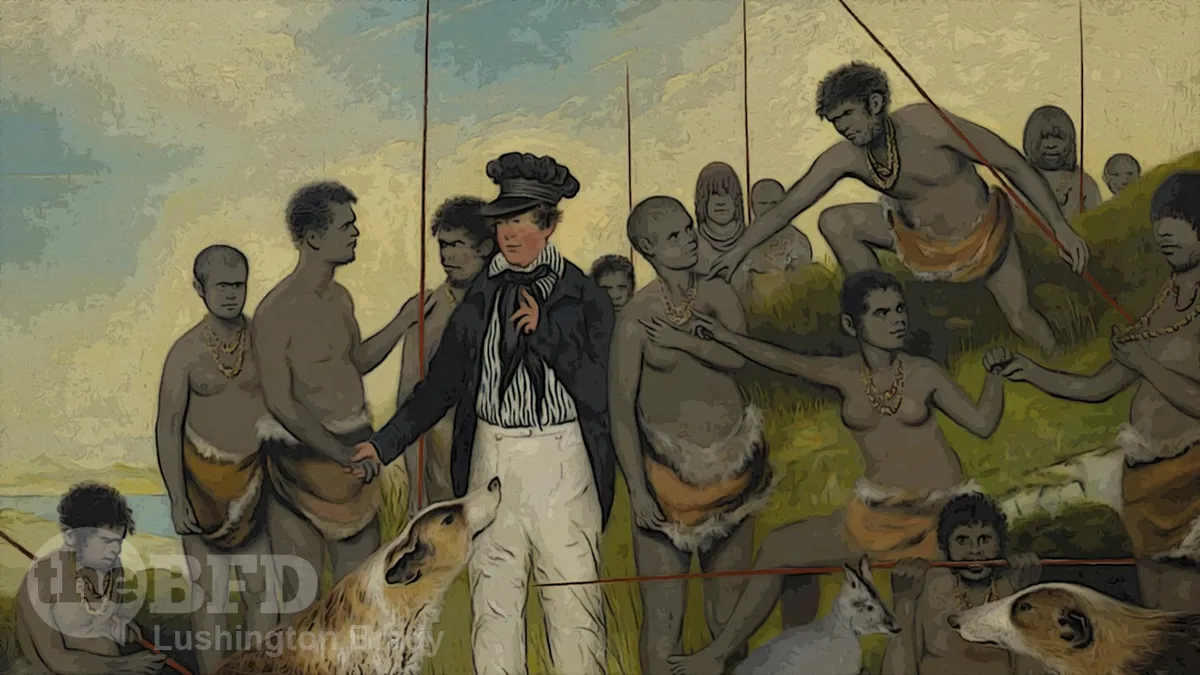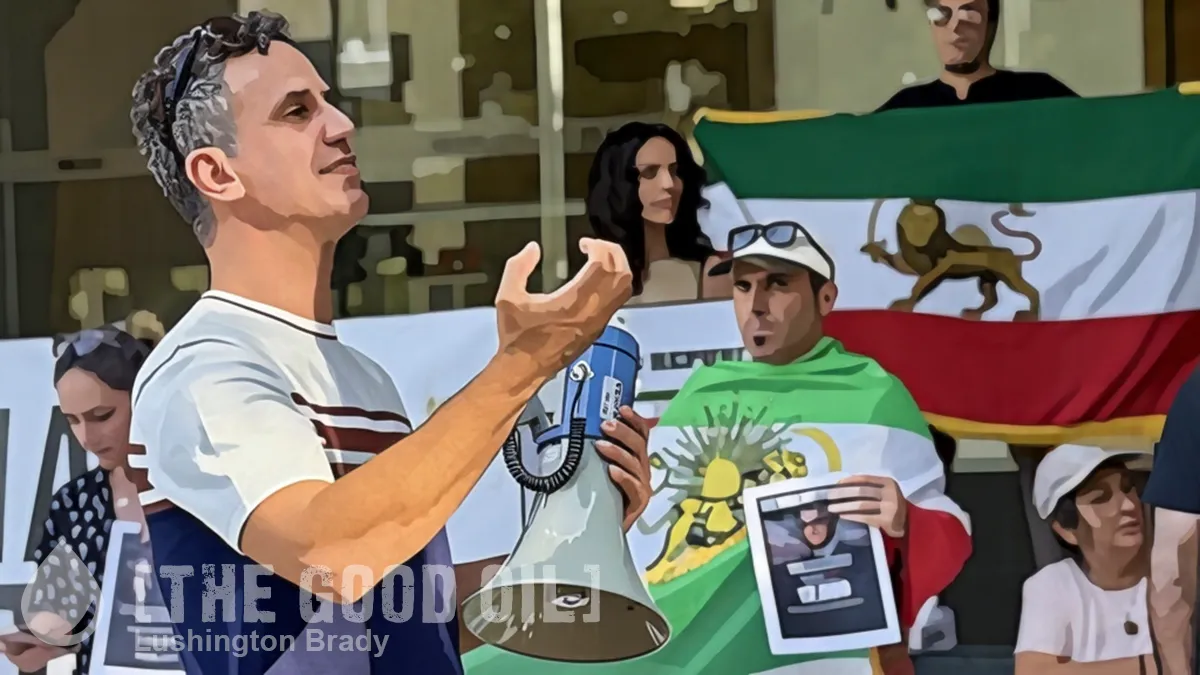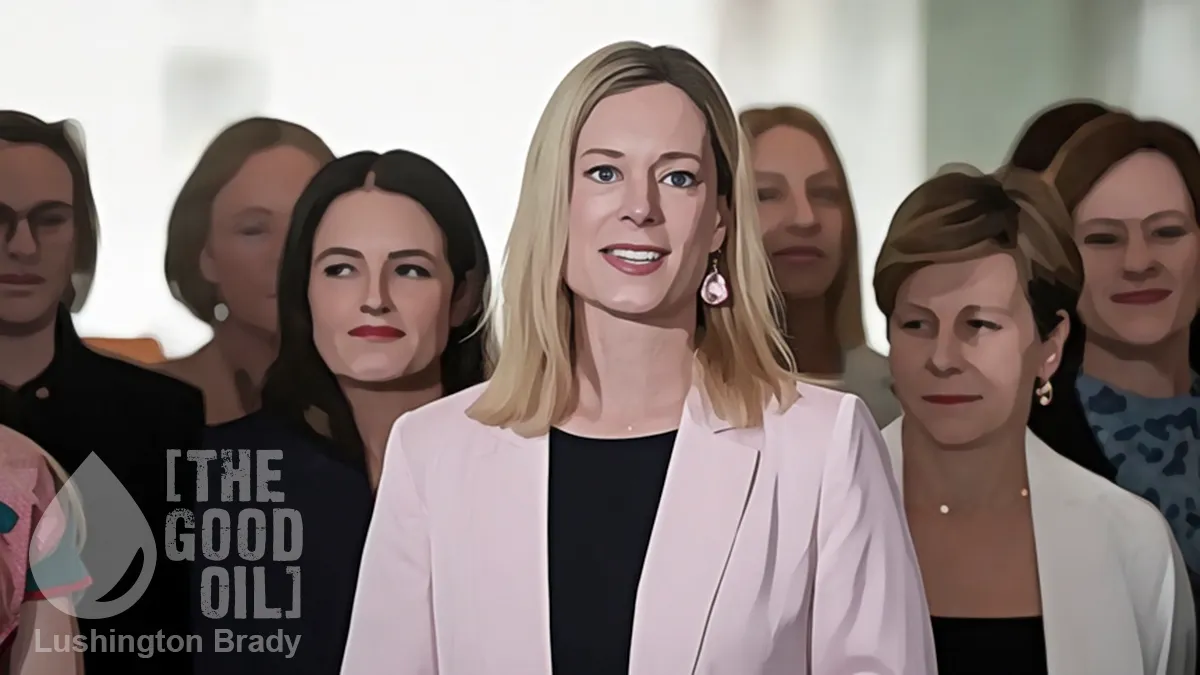Table of Contents
Some time back, BFD contributor Sir Bob Jones caused quite a ruckus with his column cheekily calling for a “Maori gratitude day” to replace Waitangi day. After all, as Jones pointed out, nearly all Maori alive today owe their very existence to at least some European ancestors. Not to mention all the benefits of British law and civilisation, from steel tools, to modern healthcare, and the right not to be eaten or enslaved by the mob over on the next hill.
A great many of Australia’s most loudmouthed “Indigenous activists” might want to consider showing a bit of gratitude for being colonised. Especially the women. The likes of Lidia Thorpe, who clearly owes a great deal of her existence to a majority of non-Aboriginal ancestors, are clearly not given to deep reflection, so let us remind her of what she might have expected, had the British never colonised Australia.
After all, the British, then on the threshold of the Enlightenment and industrial civilisation, encountered a culture that appears to have barely altered in 60,000 years. Certainly not materially, and, if the boast of “oldest living culture” is to be believed, not culturally either. (It seems the weirdest of flexes to brag about a literally Stone Age culture.)
Let’s just say, Wakanda it would never have been.
I recently picked up an old paperback of the internationally acclaimed Robert Hughes’ prize-winning masterpiece of history, The Fatal Shore. Suffice to say that Hughes’ book would have the Lidia Thorpes of this world literally shaking.
Contrary to the fashionable imported nonsense phrase, “First Nations”, Hughes points out that pre-European Australia had nothing even remotely like a nation.
‘The Australians divided themselves into tribes…The tribe did not have a king, or charismatic leaders, or even a formal council. It was linked together by a common religion, by language and by an intricate web of family relationships […]
…it had no writing, but instead a complex structure of spoken and sung myth whose arcana were gradually passed on by elders to the younger men.’
Ah, but the “secret women’s business”! It’s a common Noble Savage myth to pretend that the treatment of women in traditional Aboriginal society was benign and worshipful. Even prominent Aboriginal Australian academics publicly proclaim that there was “no violence. None” against women before 1788.
This is a blatant lie.
‘…the unalterable fact of their tribal life was that women had no rights at all and could choose nothing. A girl was usually given away as soon as she was born. She was the absolute property of her kin until marriage, whereupon she became the equally helpless possession of her husband. Before and after [marriage], she was merely a root-grubbing, shell-gathering chattel, whose social assets were wiry arms, prehensile toes and a vagina…
As a mark of hospitality, wives were lent to visitors whom the Iora tribesmen wanted to honour…. If a woman showed the least reluctance to be used for any of these purposes, if she seemed lazy or gave her lord and master any other cause for dissatisfaction, she would be furiously beaten or even speared.’
The life of Aboriginal Australian women was often wretched in the extreme. Contemporary accounts show that, even centuries before First Wave Feminism, British observers were often shocked by what they saw. Beatings, particularly clubbing over the head, were par for the course. There may not have been formal slavery, given the crudity of economic relations, but there is no doubt that women were often little more than property. Even one of my namesakes, Tasmanian woman Dolly Dalrymple, was the daughter of a woman traded to a Bass Strait sealer for goods.
Children had it little better.
‘To get rid of surplus children, the Iora, like all other Australian tribes, routinely induced abortions by giving the pregnant women herbal medicines or, when these failed, by thumping their bellies. If these measures failed, they killed the unwanted child at birth. Deformed children were smothered or strangled. If a mother died in childbirth, or while nursing a child in arms, the infant would be burned with her after the father crushed its head with a large stone.’
Caldronpool
William Buckley, who lived for decades as one of the Wauthurong people, in the area where I was born and grew up, records that children suspected of being the result of infidelity were routinely killed. “If a woman has a child within twelve months of a previous one”, there would be much discussion as to letting it live or not. This, remember, was in one of the most fruitful parts of the continent: in marginal desert communities, infanticide was routine.
Of course, it is rightly pointed out that this was often a necessary adaptation to living a nomadic life on a harsh continent. In which case, modern Aboriginal Australians might want to be thankful for being spared such a brutal life.
It needn’t be much. Even a cessation of the activist lobby’s endless whining and carping, while grabbing as much taxpayer loot as they can, would be a start.









